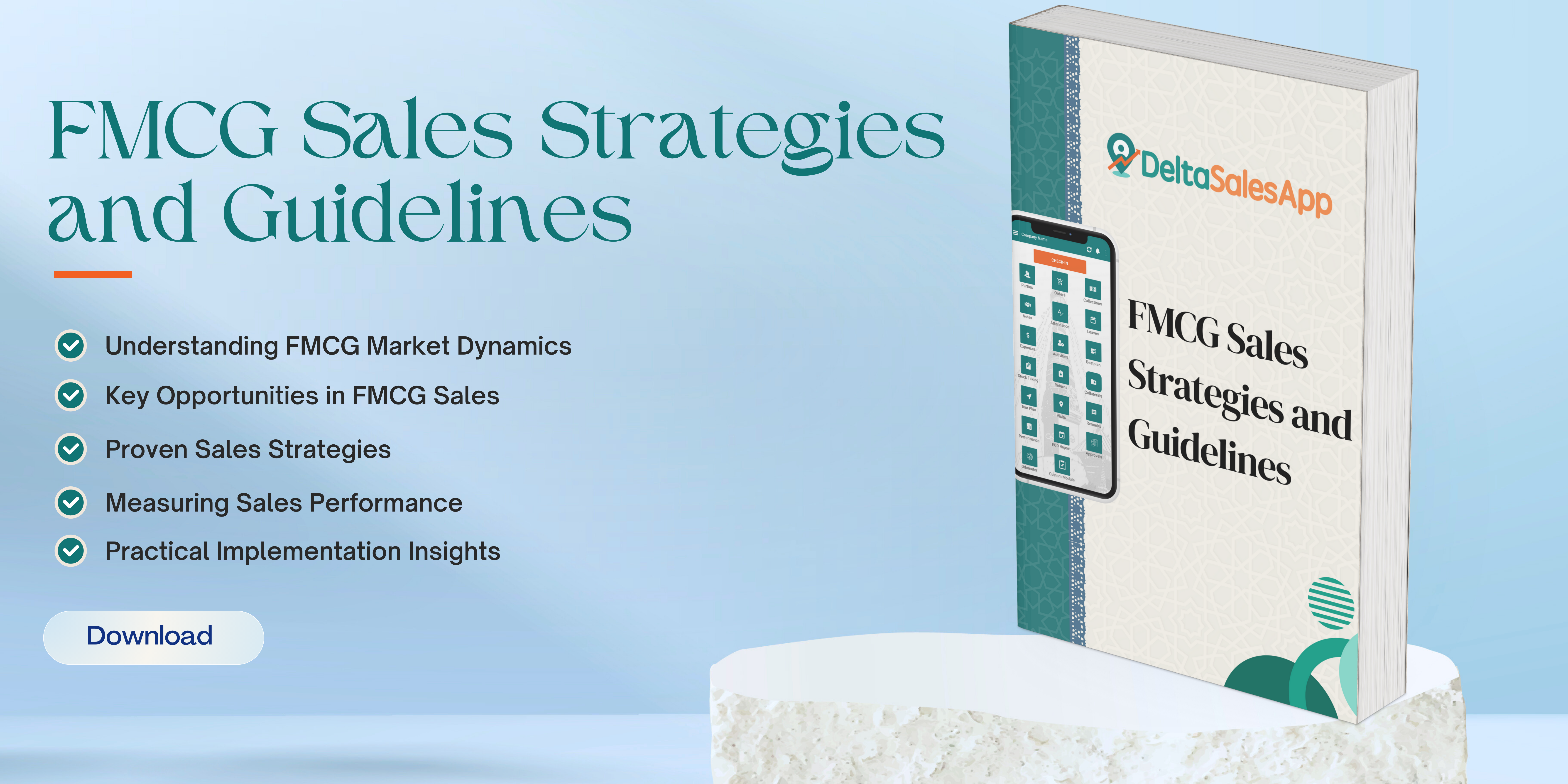Sell-Through Rate
What is Sell-Through Rate ?
Sell-through rate (STR) is a key retail metric that measures how effectively inventory is being sold over a given period. It helps businesses assess demand, optimize inventory management, and maximize profitability. STR is particularly crucial for retailers, wholesalers, and manufacturers who rely on efficient stock turnover to maintain financial health.
Definition of Sell-Through Rate
Sell-through rate is calculated using the following formula:
STR (%) = (Number of Units Sold / Number of Units Received) × 100
This metric is typically measured on a weekly or monthly basis to track sales performance against inventory. A high STR indicates strong demand and efficient inventory movement, while a low STR may signal overstocking or weak consumer interest.
Importance of Sell-Through Rate
1. Inventory Management
An optimal STR ensures that stock levels are neither too high nor too low. Businesses can prevent excess inventory, which ties up capital and may lead to markdowns or losses. Conversely, a low STR can indicate an overstocked product that may require promotional strategies to clear excess stock.
2. Demand Forecasting
Analyzing STR helps retailers understand consumer behavior and market trends. Historical STR data aids in predicting future sales, allowing businesses to adjust procurement strategies accordingly.
3. Profitability and Cash Flow
A high STR leads to faster inventory turnover, reducing holding costs and improving cash flow. Businesses can reinvest capital into high-demand products, thereby enhancing overall profitability.
4. Supplier and Vendor Negotiations
A clear understanding of STR enables businesses to negotiate better terms with suppliers. If a retailer demonstrates a strong sell-through, they may secure favorable pricing, discounts, or improved payment terms.
Factors Influencing Sell-Through Rate
Several factors impact STR, including:
Seasonality: Certain products sell better during specific seasons (e.g., winter clothing in colder months).
Pricing Strategy: Competitive pricing and discounting can boost sales.
Marketing and Promotions: Effective marketing campaigns increase product visibility and demand.
Product Placement: Strategic in-store and online placement enhances accessibility and impulse purchases.
Quality and Brand Reputation: Well-reviewed and trusted brands generally experience higher STR.
Strategies to Improve Sell-Through Rate
1. Optimize Inventory Levels
Regularly analyze sales data to maintain balanced inventory levels. Overstocking can lead to markdowns, while understocking may cause missed sales opportunities.
2. Implement Targeted Marketing
Utilize social media, email campaigns, and online advertising to promote high-potential products. Personalized marketing can drive consumer engagement and increase conversions.
3. Leverage Discounts and Promotions
Flash sales, bundle offers, and loyalty programs encourage higher purchase volumes and faster stock turnover.
4. Improve Product Presentation
Enhancing visual merchandising, both in physical stores and e-commerce platforms, can attract more customers and influence purchasing decisions.
5. Monitor and Adjust Pricing
Use dynamic pricing strategies based on market demand, competitor pricing, and consumer behavior to maintain a competitive edge.
Conclusion
Sell-through rate is a vital retail metric that directly impacts profitability, inventory efficiency, and business sustainability. By regularly monitoring and optimizing STR through strategic pricing, marketing, and inventory management, businesses can enhance operational efficiency and drive sustained growth. Retailers who effectively manage their sell-through rates will gain a competitive advantage and ensure long-term success in a dynamic market landscape.






